Puratos, looking to improve its knowledge of all things sourdough, has established a UK sourdough collection in Fringford, Oxfordshire. British Baker was invited for an exclusive look.
It’s a nippy morning when British Baker arrives at the Puratos Innovation Centre in Fringford, Oxfordshire. Located next to a mill that dates back to the Domesday Book, it is hidden from the main road. Unlike the mill, the centre is modern and looks out on its green surroundings.
Inside, nestled in a former wine fridge, sleep the 20 sourdough starters, or babies as they are fondly referred to by the staff. Here, the babies are kept asleep at 5°C and are fed weekly.
The array of colours is astounding – from oft-seen creamy sourdough to almost white, through to peanut-butter brown and dark coffee-coloured ones.
Not to be confused with the World Heritage Sourdough Library in Belgium, which is also hosted by Puratos, the Fringford site was developed to help understand UK sourdough and the impact local environment and ingredients can have. These ingredients include fermented nettles grown on-site, sloe berries from a few miles away, and waste from a nearby winery.
“We created it to look at diversity in sourdough,” says Georgia Wills, Puratos R&D application specialist. “There’s a big push for diverse and unique flavours, as well as fermented goods.”
It doesn’t get more unique than hyper-local ingredients and open jars being waved around outside to capture wild yeast and bacteria in the air as they search for the “Fringford flavour”.
When it comes to flavour, to the sourdough novice at least, things aren’t as simple as they seem.
“Adding things such as honey doesn’t necessarily mean the bread will taste of honey. It provides different food for the lactic acid bacteria.”
The ingredients do, however, impact any resultant loaves when it comes to crumb and gluten structure, aroma and taste – just not in the way many would expect (see below). Notably, the aroma changes throughout the feeding cycle, with a “nail polish” smell indicating the starter needs feeding.
Some of the starters have already been DNA-mapped (the rest are to follow) to reveal the specific strains of wild yeast and lactic acid they contain and further understand the science behind sourdough, particularly the effects of scaling-up.
Here’s a closer look at four of the sourdough babies:
Teff
Made with the increasingly popular ancient grain, the teff sourdough starter produces bread with a nutty, earthy flavour, with a few sweeter notes likened to that of dried apricots. Overall, it has a really good flavour, but lacks the gluten to develop an impressive crumb structure.
Honey II
Honey II, not to be confused with Honey I, is made with a local Oxfordshire cream honey and white organic flour. It has a strong banana smell and produces quite an acidic flavour when used for baking. However, the resultant loaf doesn’t taste of honey. The starter has a lot of fermentation power, resulting in an open crumb structure.
Rye and Wine
Made with organic rye flour and red grape sediment from a nearby winery, the starter was bright purple when it was first created, but the colour has diluted as it is refreshed. The aroma is reminiscent of cooked fruit and a sweet, malty and slightly acidic loaf with an open crumb structure.
Malted Barley
The malty, coffee aroma of the malted barley starter reminds many of an espresso martini cocktail. When baked, it produces a very dark loaf with a sweet caramel smell.
What’s next for sourdough?
What is clear from the sourdough made with these unusual starters at Puratos is that the taste produced by sourdough goes far beyond the sour flavour some consumers associate with it.
“As people have greater exposure to sourdough and try it in different things, they will realise it doesn’t taste like vinegar and can encompass more flavours,” says Wills. “We always say to people get rid of your perceptions of sourdough, because it can be used for so many things.”
This is likely to change further as sourdough makes headway into sweet bakery.
“Whereas sourdough is seen as being more savoury, people are very willing to experiment. There are so many salty and sweet flavours so it’s really about mixing those two elements together,” says Lydia Baines, digital and communications manager at Puratos.
She highlights the growth of sourdough in categories other than bread, noting sourdough biscuits, crackers, bagels, flatbreads and even croissants and pastries.
Next up, according to Baines, is a chocolate and sourdough combination. Pump Street, she notes, has already made moves into this arena with its Sourdough & Sea Salt Chocolate.





















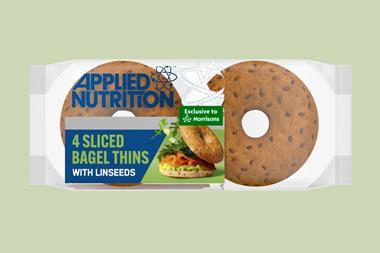



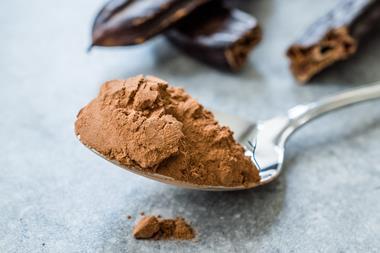
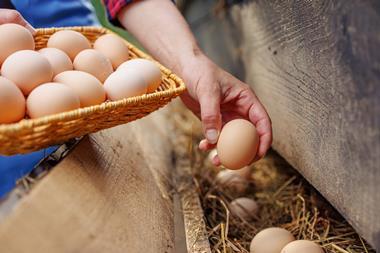
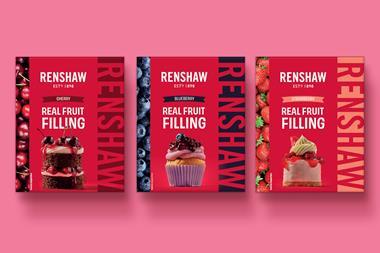

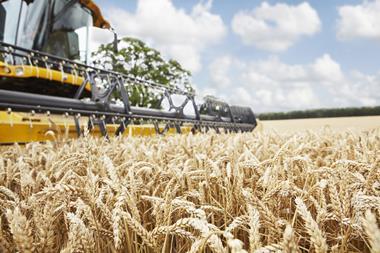
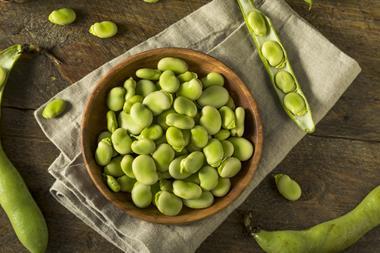

No comments yet